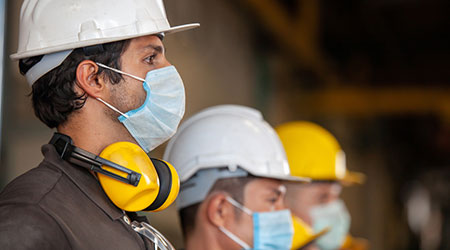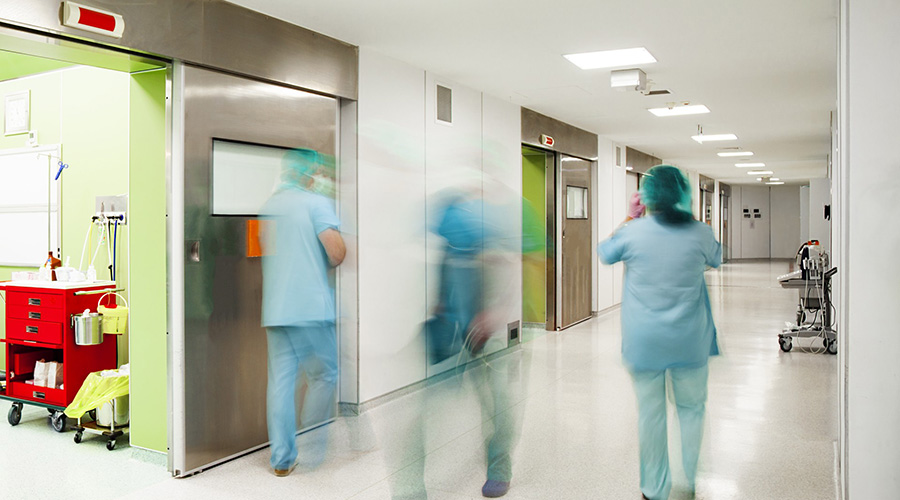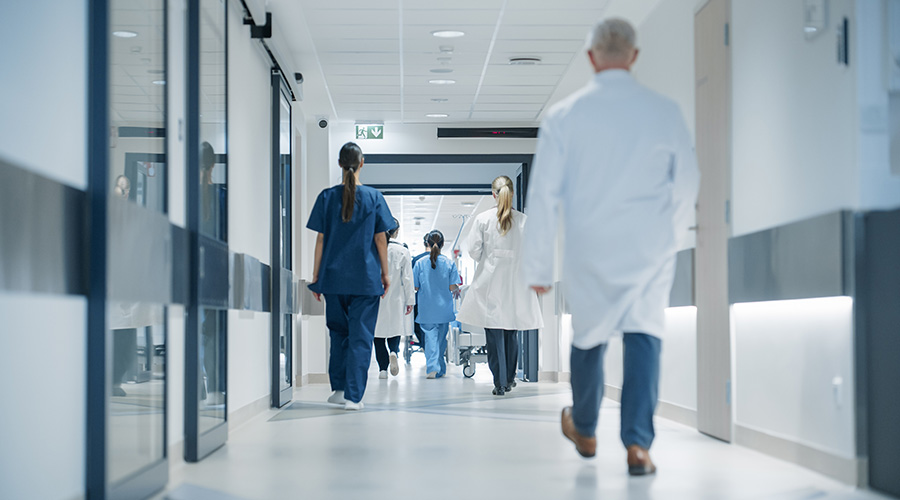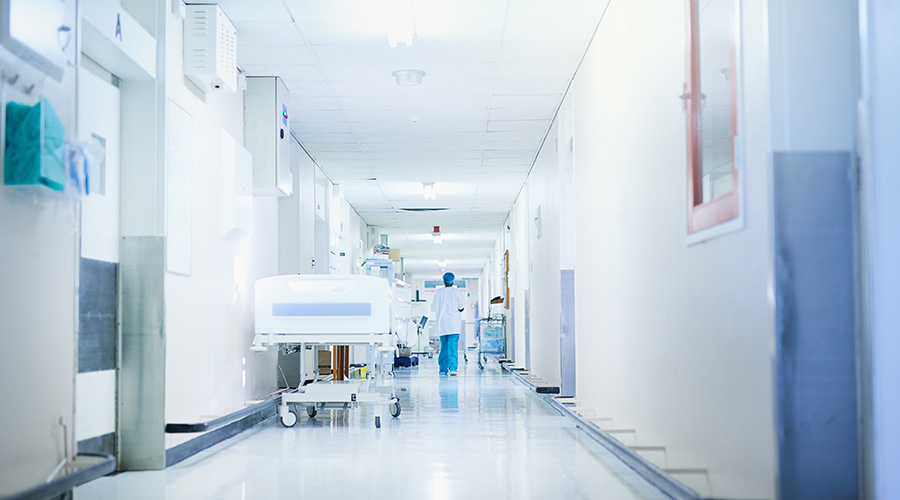As the COVID-19 pandemic shows no signs of letting up any time soon, it’s becoming clear that facilities updates and new builds must continue throughout this extraordinary time. It’s fortunate then that site safety has always taken precedence in the construction industry, particularly for those of us who specialize in healthcare construction. The protocols and life safety plans we follow on healthcare construction sites have been in place for a long time, and our first priority has always been protecting both our workforce and the patients.
During the pandemic, we’re focusing on strengthening these longstanding procedures. The level of detail and care for cleaning practices has increased, and we’re paying extra attention to how often a piece of equipment or material is touched; how many workers are needed on a job site at a time and who is on our job sites; and how construction tech can help minimize the need for on-site workers. Following are some best practices we’re implementing to ensure our healthcare construction sites keep everyone – including patients – safe and healthy.
Cleaning and sanitation
Infection control is always a primary concern for healthcare facilities, and now, with such a contagious disease as COVID-19, containment efforts have ramped up. We’re vacuuming and mopping sites more frequently to remove dust and prevent mold from growing, which are especially key during a respiratory virus outbreak.
We’re paying more attention to cleaning high-touch surfaces and, when possible, reducing the number of surfaces that need to be touched. We’ve found that covering surfaces with materials that serve a dual purpose protects the new installation from possible damage and can be easily sanitized during construction.
Additionally, we’re addressing the challenges of moving and using supplies and materials. Our Lean practices mean we only have as much supply that’s needed every 24 to 48 hours, which helps us reduce waste. With this approach, we also put materials in place immediately, reducing the amount of movement and handling per jobsite per day. Wearing gloves (a standard practice before the pandemic) and keeping materials wrapped until final installation can mitigate risk infection through frequently touched supplies.
Social distancing on the job site
One of the most important measures to curb the infection rate is one of the most challenging to meet on the job site. Many tasks require a few people to work closely together at once, such as putting up a piece of a dry wall: two people have to hold it up, and another person has to screw it in. We’re working to limit how often these types of tasks are performed, while also clearly communicating to subcontractors the importance of social distancing on-site.
We’re also limiting the number of people allowed on a job site at a time. We’re staggering shifts when possible so there are fewer workers on site at any point, but the work still gets done in the allotted amount of time. Another tactic employed at healthcare job sites is implementing more stringent requirements to get on the job site. Hospitals are keeping only one entrance open in order to track everyone who enters the hospital, take their temperature and screen them for COVID-19 symptoms.
By including all subcontractors in this process, we’re becoming hyper-aware of who is on our site at all times, and we can ensure consistency. Working with our subcontractor partners, we’re asking that the same people are assigned to the site every day instead of new subs coming into the mix. Keeping the group of subs tight and constant can help contain exposure to the virus.
Construction tech to keep socially distant sites connected
To keep things moving with clients that may not want to visit a job site right now, we’re utilizing both construction-specific tech as well as everyday technology to provide virtual walkthroughs for clients. StructionSite software matches 360-degree photos to digital floor plans, allowing contractors to generate more data, streamline the process and provide a more true-to-life visual update compared to snapping 10 photos of a room.
Capturing 360-degree photos once a week during construction can provide a lifecycle view of the facility for a remote owner and it allows subcontractors to determine the amount of materials required without needing to visit the site.
While augmented or mixed reality has been around for a couple of years, Microsoft’s second iteration of the HoloLens propelled the technology from a game-like experience to a useful construction tool. A headset device worn like glasses, the HoloLens 2 provides an immersive experience for its users.
Uploading a project’s building information model (BIM) into the HoloLens 2 makes it possible for owners, end users and other stakeholders to put on the device and physically walk through the job site, “feel” the final finishes, and view them in real time as digital objects on top the existing building structure. HoloLens 2 provides users with the ability to touch and even “move” building elements and furnishings while walking through the physical core and shell space. A self-contained computer with Wi-Fi connectivity, the HoloLens 2 is a game changer for construction.
Safety is paramount
As long as the threat of COVID-19 is present, healthcare construction site leaders should be taking extra precautions to keep job sites safe and clean. After all, the safety of our employees and potentially vulnerable hospital patients is the highest priority, especially in these uncertain times.
Jeff Janicek is Vice President, of Skender.

 Making the Energy Efficiency Case to the C-Suite
Making the Energy Efficiency Case to the C-Suite How to Avoid HAIs This Flu Season
How to Avoid HAIs This Flu Season Design Phase Set to Begin for Hospital Annex at SUNY Upstate Medical
Design Phase Set to Begin for Hospital Annex at SUNY Upstate Medical Building Hospital Resilience in an Era of Extreme Weather
Building Hospital Resilience in an Era of Extreme Weather Ennoble Care Falls Victim to Data Breach
Ennoble Care Falls Victim to Data Breach